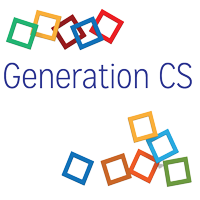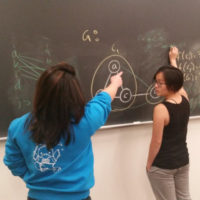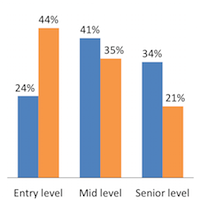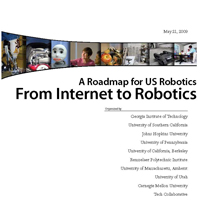
Generation CS: Report on CS Enrollment
In early 2015, CRA created a committee to investigate increasing enrollments. As part of this effort, an institutional subgroup of this committee developed and distributed a CRA Enrollment Survey to better understand enrollment trends and their impact. A report Generation CS: CS Undergraduate Enrollments Surge Since 2006 presents and analyzes the data collected.














